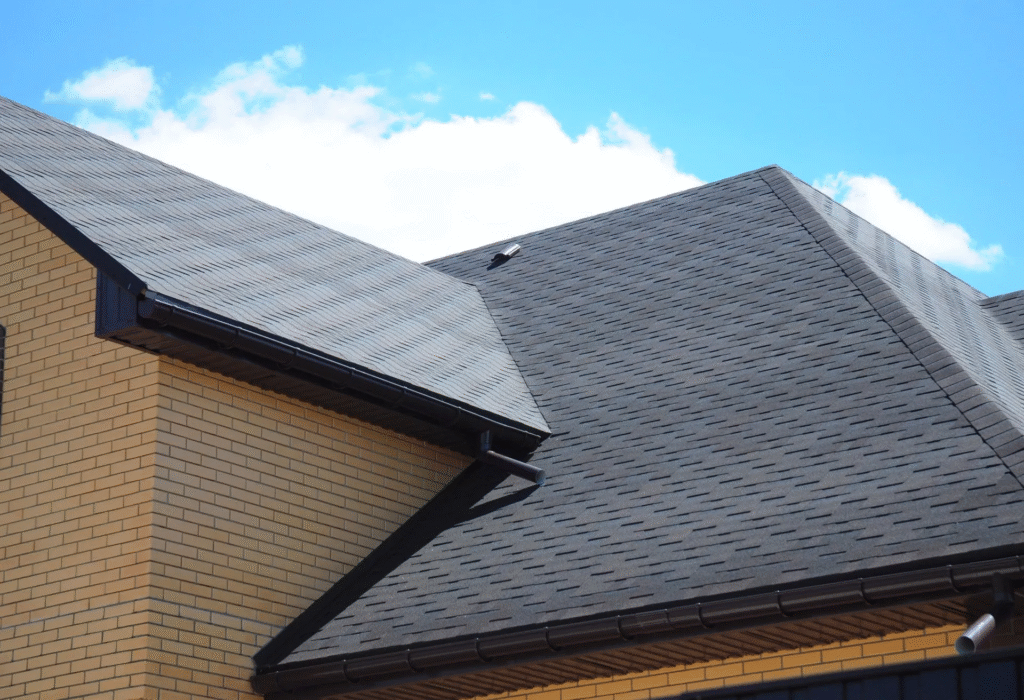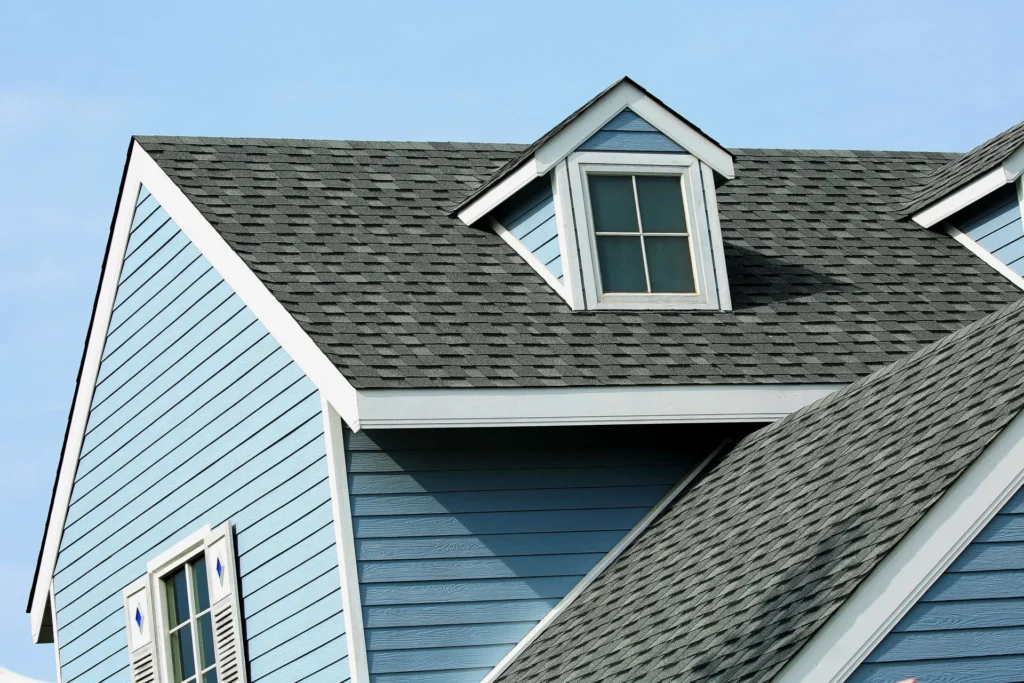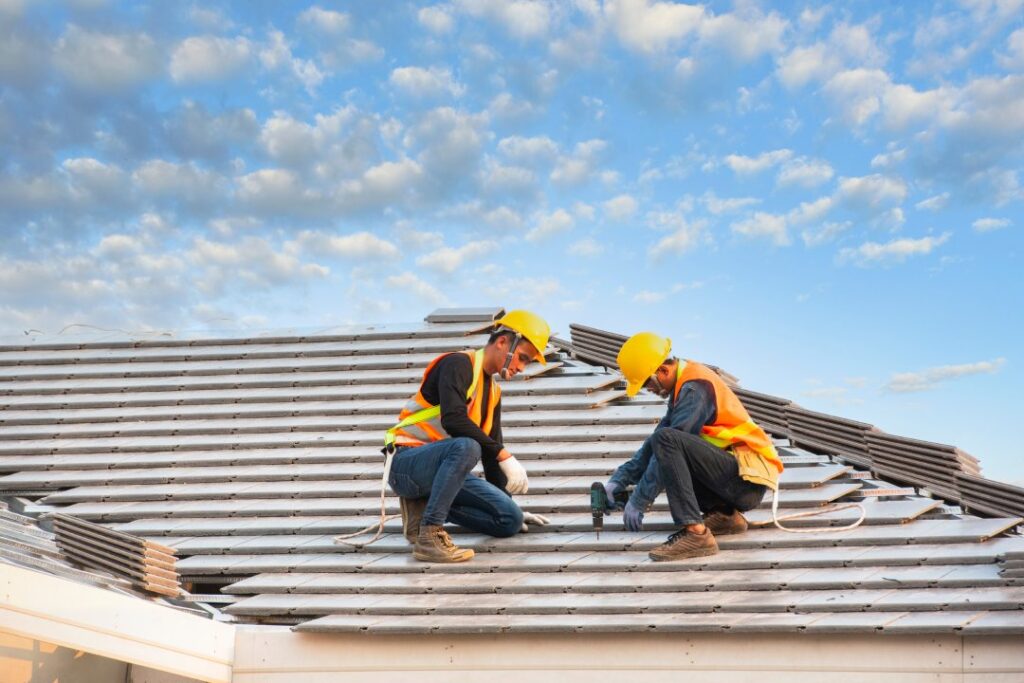Your gutters may not be the flashiest feature of your home, but they serve a pivotal purpose: protecting your home from water damage. Gutters channel rainwater away from your roof, foundation, and siding. When they stop working, water can seep into places it shouldn’t, causing mold, cracks, rot, and even structural damage.
Neglecting gutter issues doesn’t just put your gutters at risk. It can also lead to costly siding, foundation, and landscaping repairs. The connection between gutters and siding is particularly important, as water overflow from malfunctioning gutters often damages siding, potentially doubling your expenses when both require replacement. That’s why spotting early warning signs is key to protecting your investment and avoiding unnecessary costs.
5 Clear Signs It’s Time to Replace Your Gutters
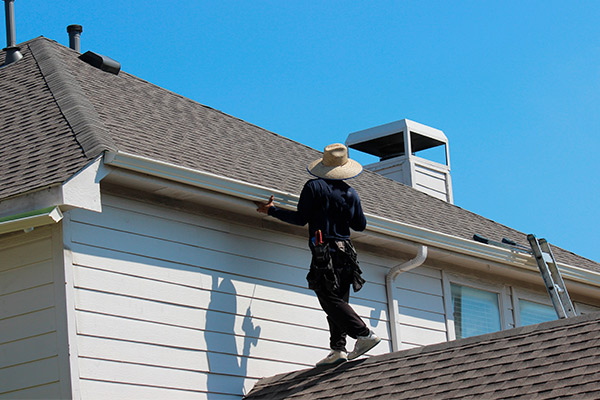 Recognizing the warning signs of failing gutters can save you thousands in repair costs. Here are five clear indicators that it’s time for a replacement:
Recognizing the warning signs of failing gutters can save you thousands in repair costs. Here are five clear indicators that it’s time for a replacement:
1. Visible Cracks, Splits, or Rust Spots
Small cracks, splits, or rust spots on your gutters shouldn’t be ignored. These minor issues will only grow over time, especially when colder weather comes and ice can seep into and expand in those cracks. Similarly, rust spots quickly transform into holes.
- Even tiny cracks or rust patches are more than just cosmetic issues.
- Cracks allow water to leak through, eventually damaging your home’s foundation and exterior walls.
- Rust often leads to holes that worsen with time, especially during freeze-thaw cycles.
Inspect gutters regularly in early spring and fall when weather extremes are most likely to cause damage.
2. Sagging Gutters or Gutters Pulling Away from Your Roof
One of the most noticeable signs that your gutter system needs attention is when the gutters begin to sag or pull away from your roofline.
- Gutters that sag or detach from the fascia are typically filled with debris or standing water.
- This means the gutters are no longer draining correctly and can collapse or dump water close to your foundation.
Common causes:
- Loose or rusted fasteners
- Improper slope or pitch
- Internal damage or decay in fascia boards
3. Water Damage on Exterior Walls or Siding
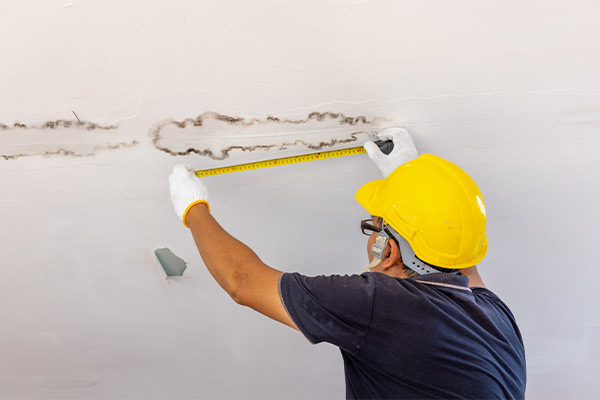 Another clear indication of gutter problems is visible water damage on your home’s exterior walls or siding. Ignoring these signs often results in costly siding repairs or replacements.
Another clear indication of gutter problems is visible water damage on your home’s exterior walls or siding. Ignoring these signs often results in costly siding repairs or replacements.
Look for:
- Peeling paint
- Dark water stains
- Mold or mildew just below the roofline
These are signs that water is overflowing from your gutters instead of being channeled away.
4. Water Pooling Around the Foundation or Eroded Landscaping
If you notice water pooling around your foundation or signs of eroded landscaping, your gutters may not be directing water away from your home as they should.
- Standing water or soil erosion near your home suggests your gutters aren’t redirecting water properly.
Long-term exposure:
- Weakens your foundation, and the repair cost for the foundation far exceeds the cost of gutter replacement
- Causes basement flooding
- Destroys landscaping investments
The best solution is prompt gutter replacement with properly sized downspouts.
5. Constant Clogs Despite Regular Cleaning
Frequent clogs, even after regular cleaning, often signal a deeper issue with the structure or alignment of your gutters. This isn’t a maintenance issue. It’s a structural one.
- Are you constantly clearing out leaves and debris, only for your gutters to clog again?
- This persisting problem points to warped or misaligned gutters
Understanding Gutter Replacement Costs
Replacing your gutters may seem like a big investment, but it’s far more affordable than repairing water-damaged siding or foundations. Several factors influence the final price tag of your project, and knowing these can help you avoid unexpected expenses. Costs depend on materials, home design, and the type of gutter system you choose.
Average Cost of Gutter Replacement
National Average: $1,170 for a standard home
- Larger or multi-story homes may cost significantly more.
Cost by Material Type
Material choice significantly impacts both price and performance.
| Gutter Material | Cost/Linear Foot | Lifespan | Best For |
| Vinyl | $3–$5 | 10–20 years | Budget-conscious homes |
| Aluminum | $6–$12 | 20+ years | Most residential properties |
| Steel | $9–$20 | 20–40 years | Harsh weather conditions |
| Copper | $25–$40+ | 50+ years | High-end or historic homes |
Other Cost Factors to Consider
Beyond basic replacement costs, several additional factors can influence the total price of a new gutter system.
- Seamless gutters offer fewer weak points but come at a higher price.
Seamless gutters don’t have the same weak spots as a seamed gutter system and can offer a much longer lifespan.
- Gutter guards reduce maintenance and clogs. A full-home system averages $1,500
- Roof complexity: Unique rooflines, multiple stories, or difficult access points increase labor time and cost.
- Climate considerations: In colder climates, heating elements help prevent ice dams and are worth the extra investment.
How Gutter Issues Impact Siding Installation Costs
Your siding and gutters work as a team to protect your home. When one fails, the other often follows. Siding is the protective material attached to the exterior walls of a home, designed to shield it from weather, moisture, and pests while also enhancing curb appeal. Gutters work alongside siding by directing rainwater away from the roof and walls, preventing water from seeping behind the siding, which can lead to rot, mold, and costly damage. When gutters fail, they can overflow or leak, saturating the siding and ultimately increasing repair or replacement costs.
The Hidden Cost of Water Overflow
Poor gutter performance allows water to run directly down your exterior walls. This constant water exposure leads to premature deterioration of your siding materials, where it can:
- Stain or warp your siding
- Penetrate behind the siding, causing wood rot
- Promote mold growth and structural decay
Cost Impact
- What starts as a simple siding job can become a full structural repair project.
- Result: Siding installation costs may double or triple.
Planning to Replace Siding? Check Your Gutters First
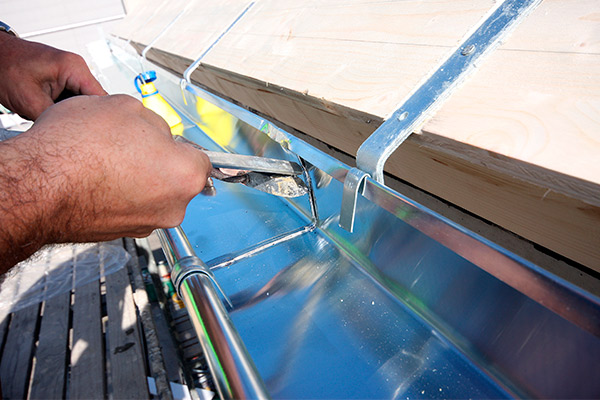 If you’re planning a siding installation project, it’s imperative to evaluate your gutter system first. Installing new siding without addressing existing gutter problems is like building on a compromised foundation. You’re setting yourself up for recurring issues and premature deterioration of your investment. Installing new siding without fixing damaged gutters can ruin your investment quickly.
If you’re planning a siding installation project, it’s imperative to evaluate your gutter system first. Installing new siding without addressing existing gutter problems is like building on a compromised foundation. You’re setting yourself up for recurring issues and premature deterioration of your investment. Installing new siding without fixing damaged gutters can ruin your investment quickly.
Smart Strategies: Combine Gutter and Siding Projects
If you need both siding and gutter work, plan them together for better results and savings.
Tips for Efficiency and Protection
- Schedule joint inspections for roofing, gutters, and siding.
- Replace gutters first to protect your new siding from immediate water exposure.
- Match materials wisely as certain metals and siding types may react negatively when paired.
- Hire integrated contractors who understand how the systems work together.
Preventative Maintenance Pays Off
Regular maintenance can extend the life of both your gutters and siding.
Maintenance Checklist
- Clean gutters twice a year
- Check for visible rust or sagging
- Inspect siding after storms
- Ensure downspouts are clear and pointed away from your foundation
Protect Your Home: Is your home showing signs of gutter failure? Don’t wait until small issues become expensive repairs.
Frontline Home Solutions specializes in expert gutter replacements that prevent damage to your siding and foundation. Whether you’re dealing with cracks, sagging, or water stains, our experienced team can help.
- Free Estimates
- Customized Recommendations
- High-Quality Materials and Workmanship
Protect your investment today. Visit our website to schedule your consultation and keep your home safe and dry for years to come.

